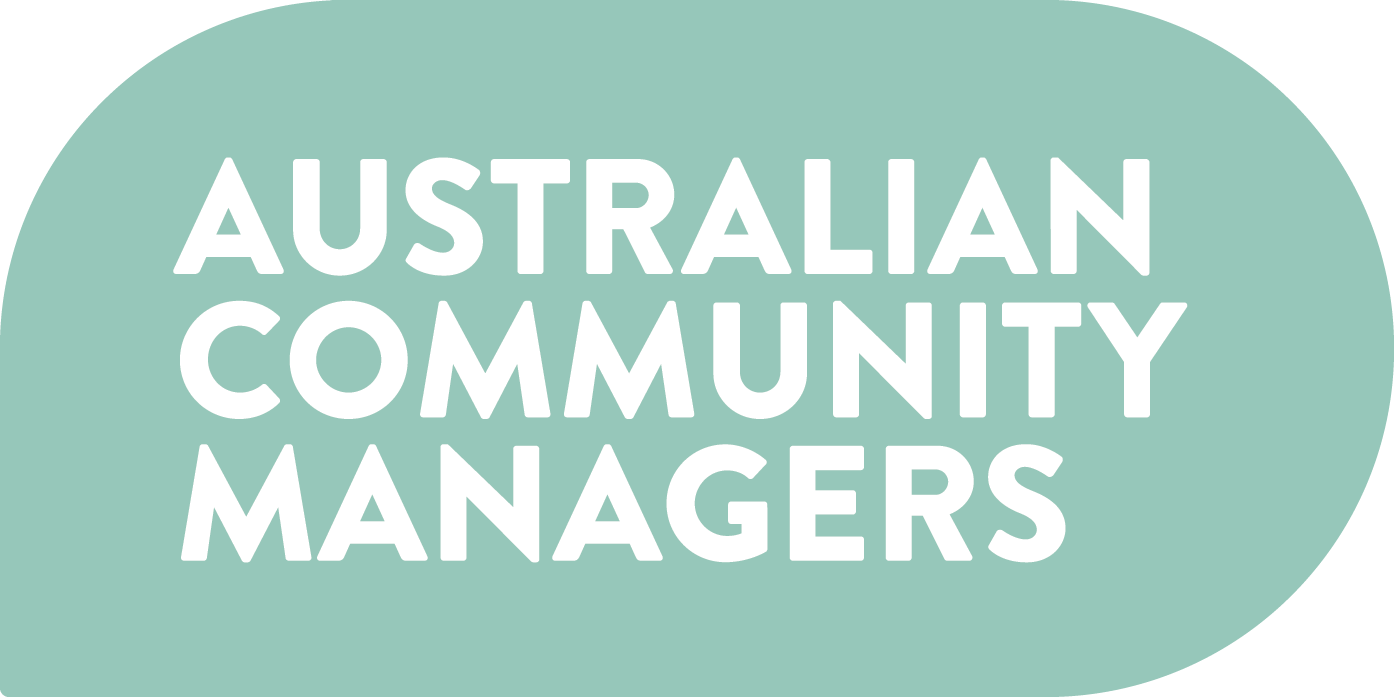Social Network Analysis for Community Managers
Dr Jonathon Hutchinson talks Social Network Analysis with ACM members
We often want to better understand the people and relationships in our community. But that can be challenging work, especially if our community is large or spans multiple platforms.
ACM asked Dr. Jonathon Hutchinson to host a masterclass on Social Network Analysis (SNA) for our members to shed light on how this particular technique can be applied to community management and help us build up our data super-powers.
For those who couldn’t make it, here is a quick introduction to social network analysis and how it can help community managers build vibrant and successful communities, as well as some tips to get you started.
What is Social Network Analysis?
In the field of data analytics, Social Network Analysis (SNA) is the process of investigating social structures by using networks and graph theory.
The aim of SNA is usually to analyse and map these social structures to highlight where influence emerges within a network. It’s generally a combination of qualitative and quantitative research. The process of SNA typically includes data collection, cleaning the data, manipulating the data, analysis, then visualisation through graphs.
Think of SNA like creating a map of your community’s ecosystem: it can give you valuable information about emerging conversations, influential figures, and relationships.
Common terms in SNA include:
Networks: Collections of interrelated people or things.
Nodes: Individual actors or things within the network- for example influencers and community members. Represented as dots on a graph.
Edges: Connections between nodes that represent relationships in social networks. Represented as lines on a graph.
Degree: The number of edges that pass through a node.
How can Social Network Analysis help community managers?
SNA is commonly used to analyse broad social media audiences, but its principles and techniques can easily be applied to community management. Here’s how SNA can help you in your role:
Understanding your people
SNA allows community managers to map groups and clusters that form around particular topics. This means that SNA can uncover or highlight topics your community are interested in.
For example, which topics are generating the most seed content? Have communities formed within your community that gather around particular topics? You can use these insights to inform your content programming and recruitment strategy, ensuring that you’re practicing social listening in your community. In doing so, you might discover conversations or relationships within your community that you weren’t previously aware of.
Knowing your weaknesses
Who are the conversation starters in your community? Are you relying on the right people to drive your engagement strategy? Are you too dependent on one influencer or a small group of people? Who can you bring in from outside your community to keep things relevant and engaging? SNA can help you analyse risks and dependencies in your recruitment and content strategies, ensuring you explore new and exciting relationships in your community
Locating your best ROI
SNA is a useful way of measuring the success of your engagement strategy and whether it is generating your best ROI. Have you recruited the right people and are they driving conversations? Which strategies are working to grow your community and which aren’t? SNA can help guide your content programming and recruitment strategies and allow you to visually represent their impact to make a business case for your community.
Tips to get you started
1. Set up an anonymous community manager ID when conducting SNA.
This means creating separate social media and enterprise accounts for work, such as a separate Gmail, Twitter, YouTube, or other platform account. It’s important to do this as it will eliminate bias associated with your day-to-day digital self and your interactions with algorithms, allowing you to get the most accurate representation of your community’s needs.
2. Choose data collection and analytics tools relevant to your needs.
Every platform has its own nuances and tool for SNA, but these tools don’t have to be complicated or expensive. Data collection can be carried out with something as simple as an Excel spreadsheet. Once you’ve collected your data, Gephi and Tableau are great free programs which can help you analyse and create graphs of your networks. If you can’t find what you’re looking for, or your platform doesn’t allow for integration with these tools yet, don’t worry: the more platforms created, the more programs that emerge to analyse them.
3. Think about access and scope.
Before conducting SNA, make sure you can access the data you’re looking for. Some platforms like Facebook have closed APIs, meaning the back door to their platform and its data is locked or tightly controlled. If you’re sure you can access necessary data, think about the scope of your analysis. How many posts or Tweets will you analyse? What hashtags will you look at? Do you need to filter out spam accounts? The more specific you are, the more accurately you can identify important relationships in your network.
Join our community to find resources on Social Network Analysis and much more.
Find more Masterclasses and events for community builders and managers.


